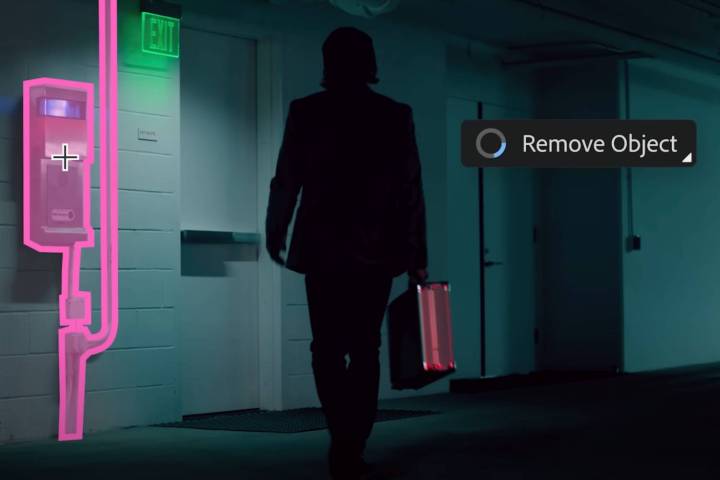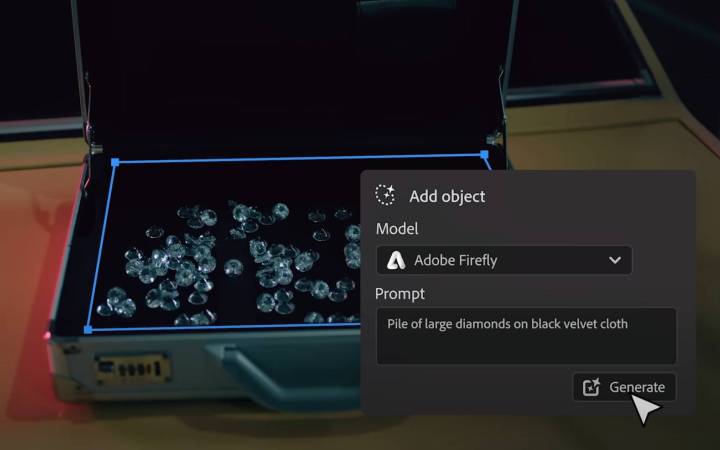
Generative AI is just starting to break into the world of video, but some new features in Premiere Pro are taking things to the next level. Adobe has announced a host of generative AI video tools that it will be introducing to the Premiere Pro video editing suite throughout the year, and they look pretty incredible.
The brand is working to expand on its own AI model, Adobe Firefly, which started as a text-to-image generator last March and has quickly expanded its AI brand across several editing mediums.
Now, Adobe will diversify video-generating functionality into the model. While the technology is still in development, Adobe is collaborating with companies that have respected third-party generative AI models, including OpenAI, Runway, and Pika to inundate Premiere Pro with the best AI-based video editing features.
The video editing features are intended for professional-level video creation and production workflow, and will join Adobe’s current family of Firefly models, which include image, vector, design, and text effects. Some of the new AI video editing features coming to Adobe Premiere Pro include:
- Generative Extend: allows editors to add frames to a clip to make them longer. This is beneficial for timing and transitions.
- Object Addition and Removal: allows editors to select and remove or replace objects in a frame with ease, including changing an actor’s clothing style.
- Text to Video: allows editors to use a text query to generate media for Premiere Pro, which can include storyboards, B-roll, or live-action footage.
In addition to the specific features, Adobe is also allowing editors the ability to select which third-party models work best with their footage within Premiere Pro. The brand also plans to include content credentials, which will tag the media as AI-generated and specify what model was used to create the content.

“Adobe is reimagining every step of video creation and production workflow to give creators new power and flexibility to realize their vision,” Adobe Creative Product Group Senior Vice President Ashley Still said in a statement.
“By bringing generative AI innovations deep into core Premiere Pro workflows, we are solving real pain points that video editors experience every day, while giving them more space to focus on their craft,” she added.



